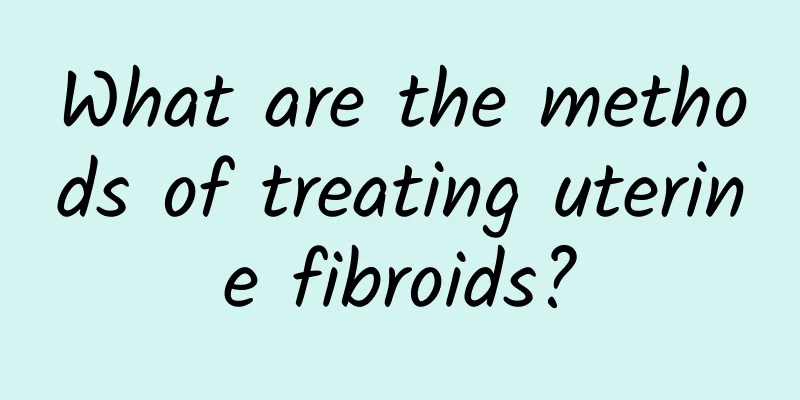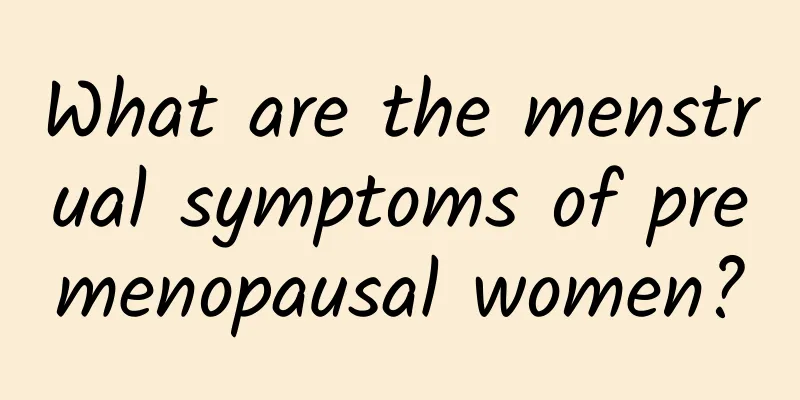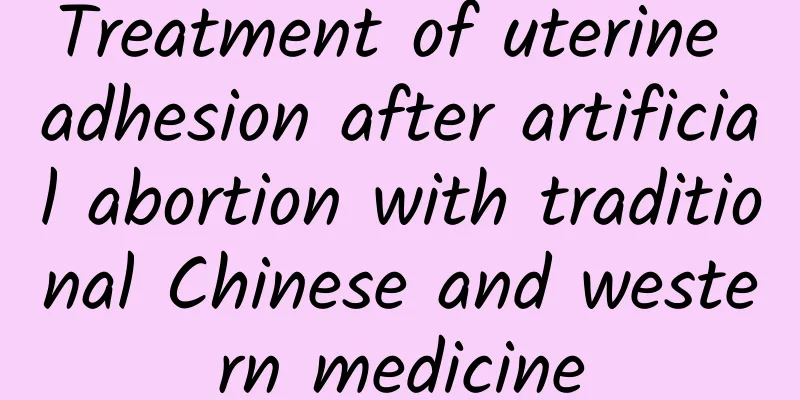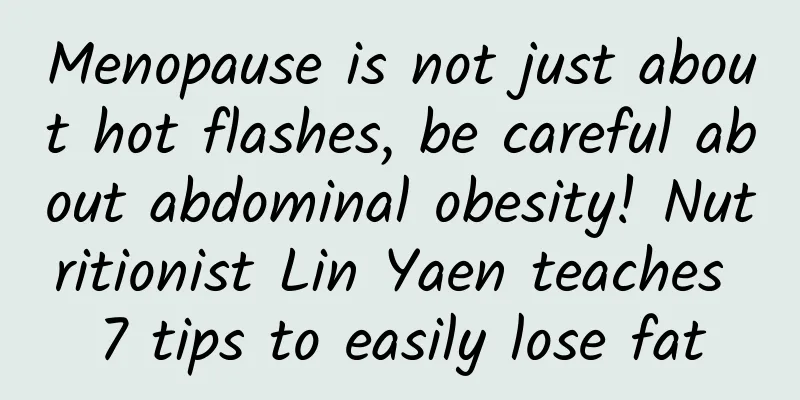What are the methods of treating uterine fibroids?

|
When it comes to uterine fibroids, many friends are familiar with them. Uterine fibroids are a very common disease in women, especially women of childbearing age. It has a great impact on patients. Let's take a look at the methods for treating uterine fibroids. There are three main methods for treating uterine fibroids: conservative treatment, surgical treatment and minimally invasive treatment. 1. Conservative treatment Conservative treatment of uterine fibroids must meet the following conditions: first, the tumor does not exceed the size of a 6-week pregnancy; second, the patient is postmenopausal and asymptomatic; third, the patient is near postmenopausal and can use non-surgical treatment to reduce bleeding; fourth, the patient cannot tolerate surgery. Conservative treatment mainly includes expectant therapy and drug therapy. 2. Surgical treatment Applicable population: Myoma size is equivalent to a pregnant uterus of more than one and a half months. Surgical treatment includes hysterectomy and hysteroscopy, laparoscopic myomectomy. 1. Hysterectomy Applicable population: patients with large fibroids, severe symptoms, ineffective conservative treatment or malignant diseases. The operation completely removes the uterus and eliminates its symptoms. However, the patient loses fertility and will no longer have menstruation. The patient is prone to adverse reactions such as obesity, high blood pressure, heart disease, and osteoporosis. The patient needs a recovery period of 4-8 weeks after the operation. 2. Hysteroscopy and laparoscopic myomectomy The incision is small, and less pelvic adhesion is formed; the postoperative recovery is fast, and most patients can walk and eat in the afternoon of the operation; there is less wound pain and postoperative fever, and sedatives and analgesics are rarely needed; the incision is small and beautiful, which conforms to the aesthetic psychology of young people; the hospitalization time is shortened, and patients can usually be discharged from the hospital 48 hours after surgery. 3. Minimally invasive coagulation technique Suitable for: Patients with large uterine fibroids that fill the pelvic cavity and have obvious clinical compression symptoms. Patients with uterine volume enlarged to the size of a 3-month pregnancy or suspected sarcomatous changes. Patients with significant increase in menstrual volume and secondary anemia. Patients who are contraindicated for surgery or are unwilling to undergo surgery. Preserve the uterus, no bleeding, less pain, no hospitalization, and fast recovery. This method is recognized by American authorities as the best choice for treating uterine fibroids. However, it is powerless for pedunculated subserosal fibroids and fibroids that have become malignant. If there are complications such as acute or chronic genital inflammation, surgery can only be performed after the inflammation is controlled. These are the only methods currently available for treating uterine fibroids. Uterine fibroids are a female disease that can develop into a very serious condition. If you discover any, you should go to the hospital for consultation and treatment as early as possible in the early stages. Uterine fibroids http://www..com.cn/fuke/zgjl/ |
<<: What are the early symptoms of ovarian cysts?
>>: What are the most common types of vaginitis?
Recommend
How to prevent cervical warts in women
Cervical warts are a common type of sexually tran...
What medicine can women take to cure cervical erosion? 4 folk remedies effectively treat cervical erosion
In life, many people often suffer from cervical e...
Why do early symptoms of ectopic pregnancy become more severe?
Experts say that many women are worried about hav...
What is the cause of adnexitis?
What is the cause of adnexitis? Adnexitis may be ...
Fight monkeys for food! Three creative ways to eat nutritious bananas
What is the best food to maintain health in the Y...
What are the most common symptoms of adnexitis?
Among the many gynecological diseases, I believe ...
How to check for pelvic inflammatory disease?
The methods for examining pelvic inflammatory dis...
Brief analysis of the typical symptoms of atrophic vulvar leukoplakia at different stages
Many people may feel unfamiliar with atrophic vul...
How can married women prevent cervical erosion? Self-examination of 5 symptoms of cervical erosion can help prevent it
Cervical erosion is common in women of childbeari...
Experts briefly analyze the dietary considerations for abortion
For women who choose abortion, proper diet is ver...
Symptoms vary according to the type of dysmenorrhea
Traditional Chinese medicine believes that to tre...
Children don’t like to drink traditional fresh milk?
Doctor: You might as well try pasteurized fresh m...
The dangers of cervical cyst
Cervical nabothian cyst is a common gynecological...
Skipping dinner to lose weight may lead to malnutrition! 5 foods recommended for dinner to help you lose weight
What you eat for three meals a day is very import...
What should I do if I have uterine fibroids during pregnancy? How should I treat uterine fibroids during pregnancy?
Uterine fibroids are common benign tumors in wome...









